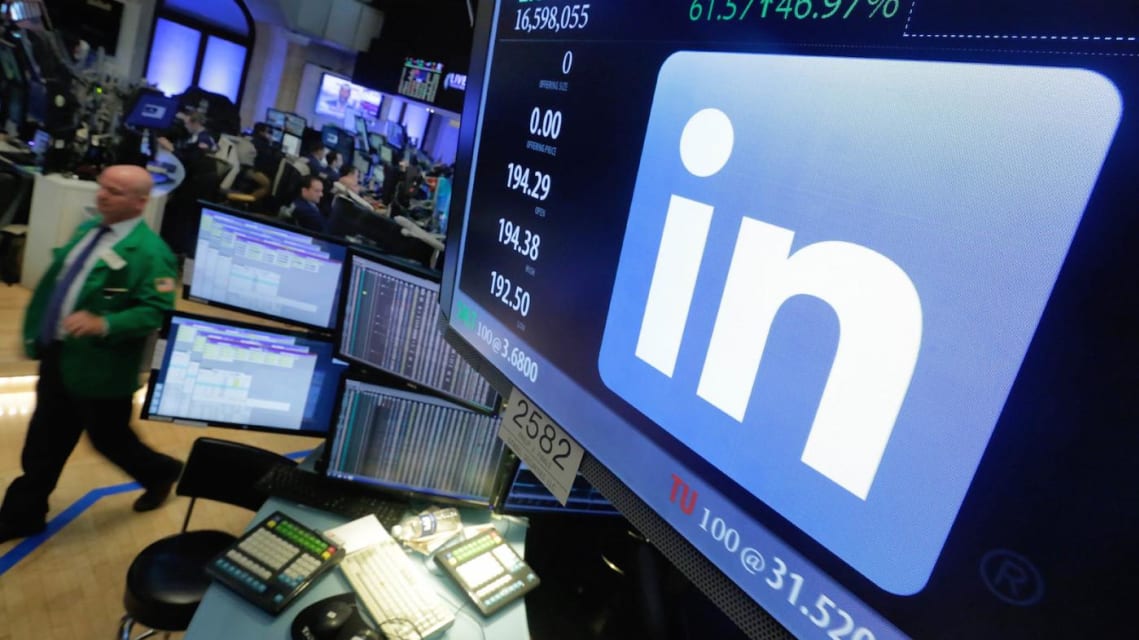Entities
View all entitiesCSETv0 Taxonomy Classifications
Taxonomy DetailsProblem Nature
Specification
Physical System
Software only
Level of Autonomy
Medium
Nature of End User
Amateur
Public Sector Deployment
No
Data Inputs
words appearing in user past queries and member profiles
CSETv1 Taxonomy Classifications
Taxonomy DetailsIncident Number
47
Notes (special interest intangible harm)
LinkedIn's search suggestion algorithm prompted users searching for female names to choose similar-sounding male names instead.
Special Interest Intangible Harm
yes
Date of Incident Year
2016
Date of Incident Month
08
Date of Incident Day
31
Risk Subdomain
1.1. Unfair discrimination and misrepresentation
Risk Domain
- Discrimination and Toxicity
Entity
AI
Timing
Post-deployment
Intent
Unintentional
Incident Reports
Reports Timeline
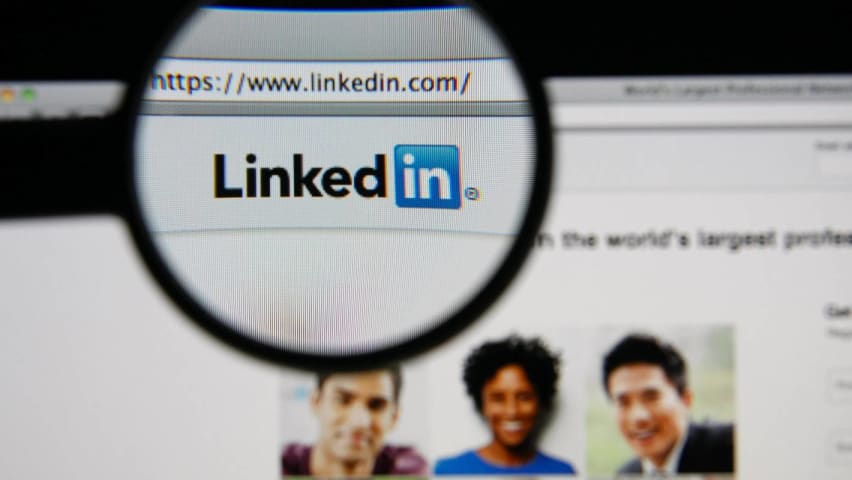
LinkedIn says its suggested results are generated automatically by an analysis of the tendencies of past searchers.
Search for a female contact on LinkedIn, and you may get a curious result. The professional networking website asks if you m…

– Search for a female contact on LinkedIn, and you might get a curious result. The professional networking website asks if you meant to search for a similar-looking man's name.
A search for "Stephanie Williams," for example, brings up a pr…

Until Sep. 7, LinkedIn users searching for female contacts on the site may have noticed some strange results. Searches for common female names were yielding suggestions for male names as well.
Take a LinkedIn search for “Stephanie Williams.…
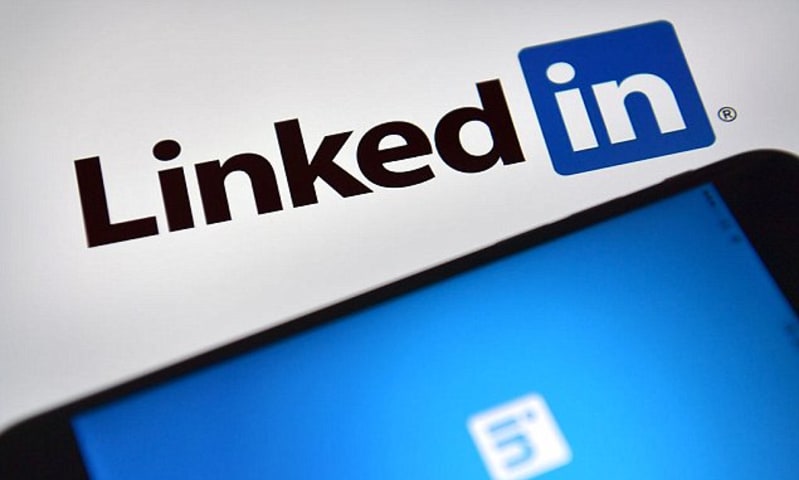
The question of whether a computer can be biased or not may seem frivolous, but it could make all the difference when it comes to being found online.
Now, an investigation by a US newspaper has suggested that this bias may be present on the…

MOTTO Samantha Cooney is the content strategy editor at TIME.
A week after the Seattle Times reported that LinkedIn’s search engine may reflect a gender bias, the networking platform announced a tweak to its search algorithm.
The Times repo…
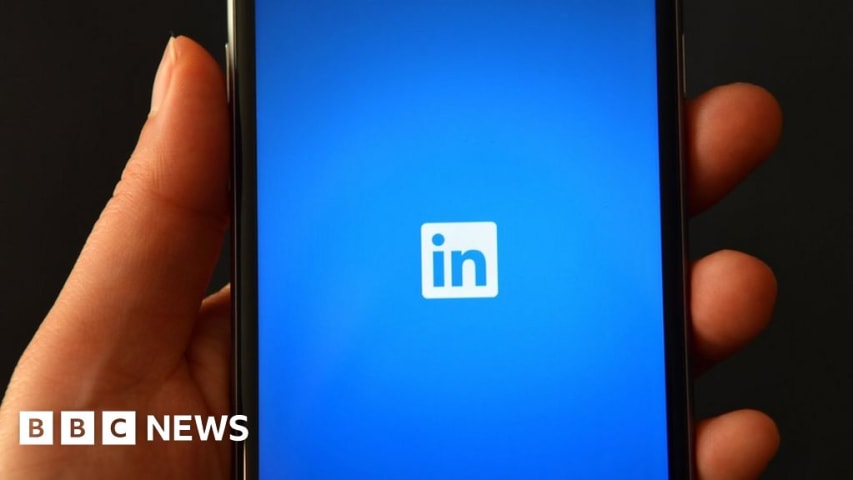
Image copyright Getty Images Image caption LinkedIn launched in 2002
LinkedIn has denied that its search algorithm has been biased towards suggesting male versions of female names in searches on its website.
A Seattle Times investigation fo…
LinkedIn.
Last week, a Seattle Times investigation revealed that LinkedIn’s search function seems to have a pretty pronounced gender bias. It turns out, when you search for a woman’s name on LinkedIn, the site has a pesky habit of asking wh…

Have you ever searched for a contact on LinkedIn only to have the networking site automatically prompt you to look up a man with a similar name? You're not alone. A recent investigation by the Seattle Times revealed a pervasive gender bias …

Sep 19, 2016 in Technology The ‘professional’ social networking site LinkedIn has been accused of having a gender bias. This is through providing more male professionals in its search results than females. "A Fresh Conversation on Gender is…
Variants
Similar Incidents
Did our AI mess up? Flag the unrelated incidents

Images of Black People Labeled as Gorillas
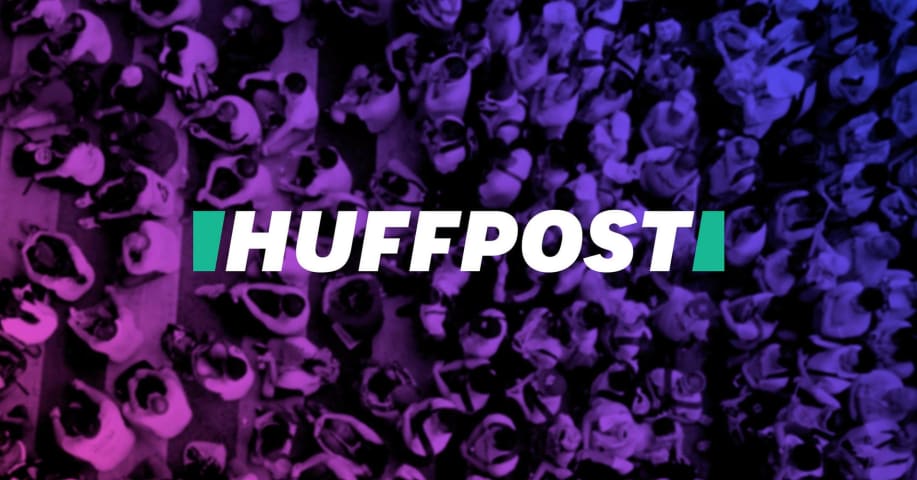
Gender Biases of Google Image Search
Similar Incidents
Did our AI mess up? Flag the unrelated incidents

Images of Black People Labeled as Gorillas



